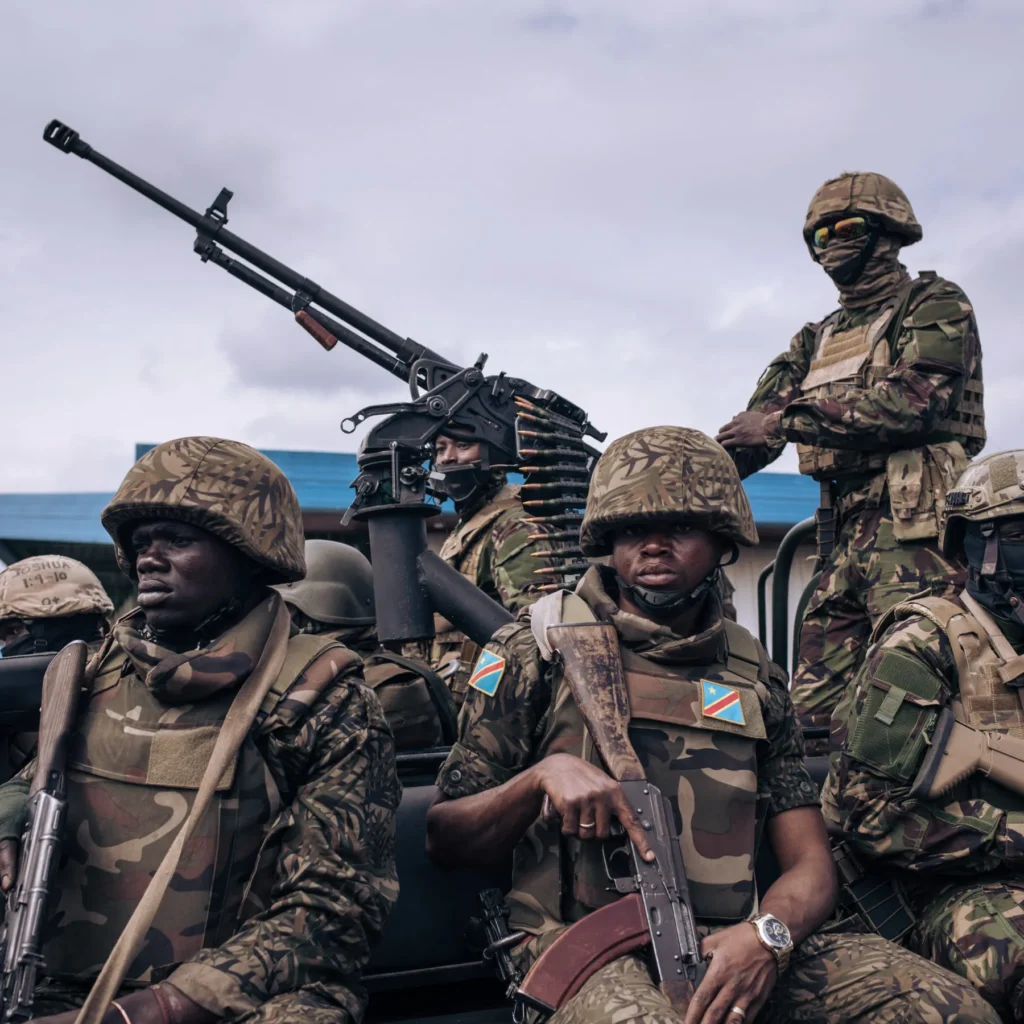Global food security experts warned that a record-breaking 27.7 million people in the Democratic Republic of the Congo (DRC) are battling acute hunger due to persistent conflict, mass displacement, and surging food prices.
The crisis is among the world’s most severe, according to the UN-backed Integrated Food Security Phase Classification (IPC).
“The humanitarian situation in the DRC is deteriorating at an alarming rate. Families who were already struggling to feed themselves are now facing an even harsher reality.”
Eric Perdison, World Food Programme’s (WFP) Regional Director for Southern Africa
On a scale of one to five — where five signifies famine — 3.9 million people in the DRC are classified at IPC Phase 4, representing an “emergency” level of hunger. Meanwhile, 23.8 million people fall under IPC Phase 3, labeled as “crisis” levels.
The most dire situations are unfolding in the conflict-ridden eastern provinces of North Kivu, South Kivu, Ituri, and Tanganyika. Ongoing violence has stripped families of their livelihoods and livestock, pushing them deeper into food insecurity. “All IDP sites in North Kivu, particularly in the Goma region, are now completely empty,” the IPC reported.
Of the 3.7 million internally displaced people (IDPs) who previously resided in camps across eastern DRC, over 2.2 million are in “crisis” while 738,000 face “emergency” hunger levels.
Rebels from the Rwanda-backed M23 armed group have seized control of major cities, including Goma and Bukavu, since the start of the year. Clashes continue despite efforts by regional mediators to broker a ceasefire.

Recent outbreaks of violence in December have forced an additional 2.5 million people into acute food insecurity “Internally displaced people escaping violence remain among the most vulnerable, bearing the brunt of the worsening food crisis,” the UN World Food Programme (WFP) and the Food and Agriculture Organization (FAO) said in a joint statement.
“Armed clashes continue to disrupt food production and trade routes, while humanitarian access remains limited, as security risks hinder the ability to deliver essential assistance.”
World Food Programme
Nationwide, more than 7.8 million people are displaced, with most seeking refuge with host families in eastern regions.
Despite the challenges, WFP has resumed operations in parts of North and South Kivu. “We have resumed operations in parts of North and South Kivu, and we are committed to do more to support those at risk, but we urgently need more resources,” Perdison said.
Rising Inflation and Food Prices in DRC
A sharp depreciation of the Congolese franc, combined with bank closures and lost incomes, has made it increasingly difficult for families to afford necessities. Inflation and disrupted supply chains have further driven up food prices, with staples such as maize flour, palm oil, and cassava flour increasing by up to 37% compared to pre-crisis levels in December 2024.
So far this year, 464,000 people have received WFP food aid, cash assistance, and nutritional support in accessible areas of eastern DRC, with 237,000 reached in Bunia alone. Beyond emergency food relief, FAO and WFP have launched skills-based training in North and South Kivu to enhance long-term food security.
To meet the growing humanitarian needs, WFP aims to provide food and nutrition assistance to 6.4 million people in the DRC.
However, to sustain these efforts over the next six months, the agency requires $399 million in funding. “WFP and FAO call on the international community to step up funding and humanitarian access to prevent a full-scale catastrophe,” the agencies emphasized.
As such, urgent international intervention is needed to prevent further devastation, as millions face starvation, displacement, and economic turmoil amid one of the world’s worst hunger crises.
READ ALSO: President Mahama’s Commitment, Fulfilled Promises and Leadership Integrity



















